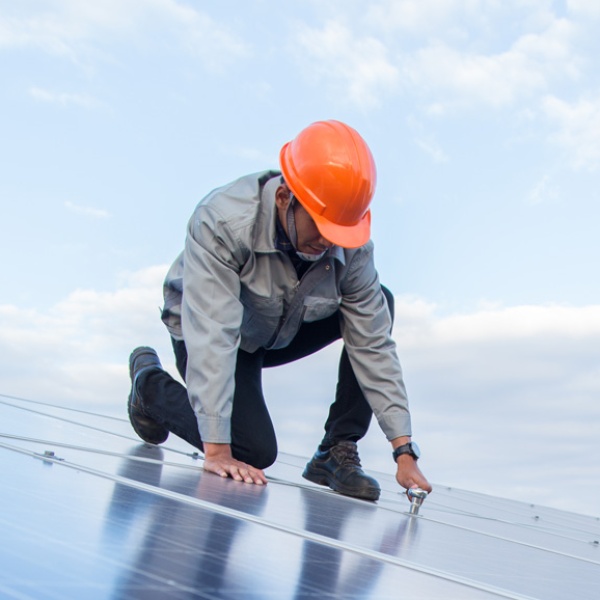On August 16th, President Biden signed this historic piece of legislation into law. We'll continue to track what this means for Minnesota and the funding headed directly to consumers and communities across our state.
Climate & Minnesota
Climate change impacts how we experience Minnesota's beloved seasons. Last summer, smoke from unprecedented wildfires affected air quality across the state. The drought struck anyone dependent on the land, including backyard gardeners and farmers. Extreme weather events are becoming more common, and warmer winter temperatures are resulting in shorter winter recreation seasons.
We have the next decade to make sweeping changes to reduce carbon emissions and stop the worst impacts of climate change. Fortunately, we have opportunities to ensure future generations can enjoy our seasons.
What is the Inflation Reduction Act?
The Inflation Reduction Act is historic cost-saving federal legislation that makes investments in clean energy, improves energy security, and will build a more affordable, healthy, just, and equitable future. As Minnesota’s US Senator Tina Smith stated, the Inflation Reduction Act of 2022 “is the most significant action on climate and clean energy we’ve ever taken.”
The main pillars of the $369 billion climate and energy portion of the bill are:
-
Reducing Carbon Pollution
Slashing carbon emissions an estimated 40% from 2005 levels economy-wide by 2030.
-
Lowering Energy Costs
Making homes more energy efficient and the cost of fuel for heating, cooking and vehicles more affordable. The average household will save an estimated $500, and even households that don’t make the switch will see lower electricity and natural gas prices. And tax incentives of $7,500 off new electric vehicles (EVs) makes clean, efficient, and low-maintenance EVs attainable for more American families.
-
Creating American Jobs
Incentivizing the creation of family-sustaining union jobs across the economy, especially in the domestic clean energy and manufacturing sectors. The bill will ramp up domestic production of batteries, solar panels, wind turbines, and more, creating millions of clean energy jobs and setting the United States up to compete in the global clean energy economy.
-
Addressing Environmental Justice
Prioritizing investments in communities most impacted by toxic pollution and the impacts of climate change.
The Inflation Reduction Act is a climate, clean energy, and environmental justice bill that will cut carbon pollution dramatically.
Why Minnesota Needs the Inflation Reduction Act
Congress has a once-in-a-generation opportunity to invest in climate change mitigation efforts to meet the scale of the climate crisis. The Intergovernmental Panel on Climate Change (IPCC) report released in August of 2021 clarified that we can still prevent the worst impacts of climate change, but we need to act quickly.
Fifty-five percent of Minnesota’s energy today comes from clean energy—that’s well above the country’s average of 40%. Clean energy jobs are already an important part of Minnesota’s economy. Over 61,000 Minnesotans worked in the clean energy sector as of 2019, and, according to David Mortenson of Mortenson Company, nearly half of the wind energy infrastructure installed in the US in the last ten years was completed by Minnesota-owned companies.
Minnesota’s nation-leading Energy & Conservation Optimization Act of 2021 is already working to create jobs by improving access to energy efficiency projects across the state. Pairing this with the Inflation Reduction Act will put people to work while drastically decreasing climate emissions.

